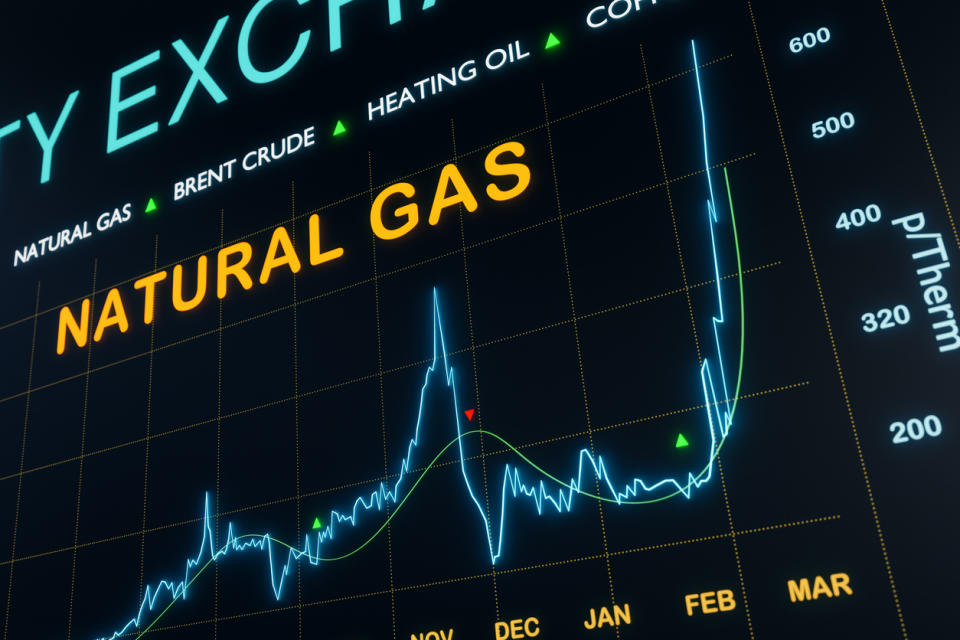Investors Score a Perfect Trade Using Natural Gas ETFs

Investors in natural gas were taken for a rollercoaster ride as weather patterns across North America shifted furiously.
The price of benchmark U.S. natural gas futures soared to $3.30/MMBTu mid-month as cold temperatures blanketed the country.
But those gains disappeared days later when updated weather forecasts showed much warmer weather moving across the U.S in February.
On Monday, the price of natural gas fell to $2.40, turning a 30% year-to-date gain into a 4% loss.
Natural Gas ETFs Register Outflows as Prices Peak
But don’t shed a tear for investors in natural gas ETFs, like the United States Natural Gas Fund (UNG) and the leveraged ProShares Ultra Bloomberg Natural Gas (BOIL).
They were pulling money out of those funds just as natural gas prices were peaking. UNG registered outflows of $283 million in the three days from Jan. 9 to Jan. 11, right around the time natural gas prices reached their recent highs.
Meanwhile, investors in BOIL took $105 million out of the fund on Jan. 9.
How Traders Use Natural Gas ETFs
The data suggests that investors in natural gas ETFs are using them as they are designed to be used—as trading vehicles.
Steep contango in the futures market makes holding natural gas futures extremely expensive over time. UNG is down a whopping 81% over the past five years compared to a loss of 17% for front month natural gas futures.
But as one of the most volatile commodities, natural gas is an attractive instrument for aggressive, short-term traders looking to pick up quick gains. The price of the fuel can change as swiftly as the weather—literally—and a combination of ever-changing supply and demand factors ensures that it doesn’t stay in one place for long.
Bottom Line on Natural Gas ETFs
Natural gas is currently the dominant fuel for heating and electricity generation in the United States. It’s also become one of the largest U.S. exports thanks to booming demand for liquefied natural gas in Europe and Asia.
Yet, despite the strong demand, natural gas prices remain depressed due to surging U.S. supply, much of which comes as a byproduct from oil drilling.
